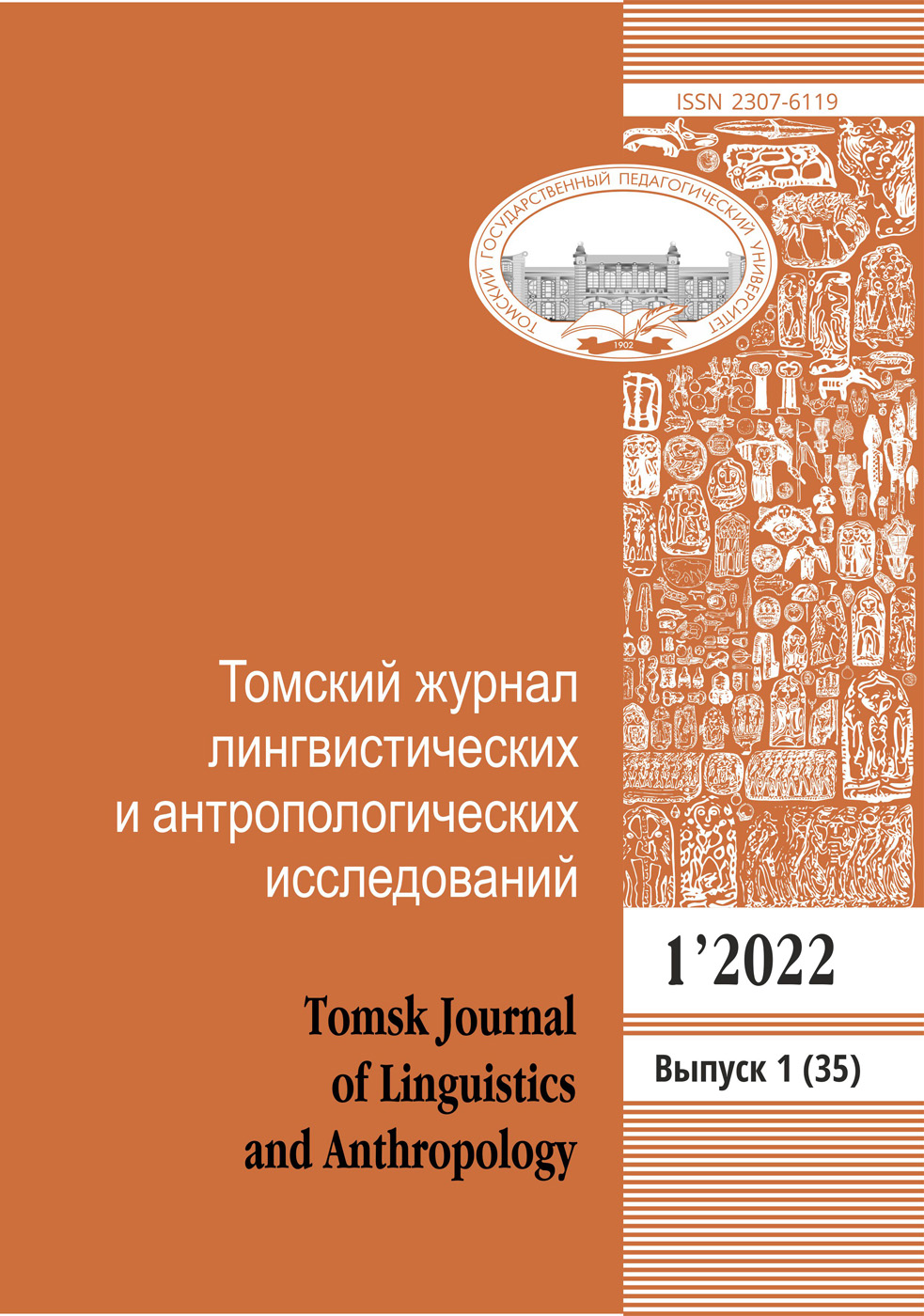THE IMAGES OF GRAIN AND BREAD IN RUSSIAN, ENGLISH AND ITALIAN LANGUAGES: UNIVERSAL ASPECTS OF METAPHORIZATION
DOI: 10.23951/1609-624X-2017-11-135-139
This article is devoted to investigating the images of grain and bread, which happen to be universally shared among agricultural-based cultures, as they are metaphorized by means of verbalized forms in Russian, English and Italian languages. We will present the common cross-cultural substantial context that lies at the basis of figurative reelaboration of source concepts and describe lexico-phraseological units embodying the images of grain and bread as part of motivational-figurative paradigms. An analysis of metaphoric models reflecting projections of these images in various conceptual spheres pertaining the material and non-material world is provided. The linguistic representation of cognitive metaphoric models is realized by means of figurative words and expressions. They include: metaphors (grain ‘very small and round shaped particle’), metaphoric derivatives (breadwinner ‘a person supporting a family with his or her earnings’), phraseological combinations (take the bread out of the mouths ‘deprive someone of his or her livelihood’), proverbs, sayings, and catchphrases (bread and circuses!). Our analysis will show a shared process of metaphorization in the languages under examination. On the one hand, the image of grain serves as a mean of metaphoric representation for 1) small and round shaped objects, 2) small parts of a whole (a structure or a surface), 3) a little or insignificant amount of something; 4) the source or the central part of something. On the other hand, the image of bread is used metaphorically to indicate 1) means of subsistence, 2) work or its results, 3) prosperity, 4) misery, 5) food in general, 6) positive moral characteristics of an individual. We can observe that in Russian, English, and Italian the figurative and symbolic semantics of grain and bread correspond. Such consistency is due, firstly, to similarities in food preferences among agricultural-based cultures, and, secondly, to the influence of pre-Christian and Christian traditions.
Keywords: figurative lexis, phraseology, cognitive metaphor, metaphoric model, Cultural Linguistics
References:
1. Lakoff G., Johnson M. Metafory, kotorymi my zhivem [Metaphors we live by]. Teoriya metafory [The theory of metaphor]. Ed. by N. D. Arutyunova, M. A. Zhurkina. Moscow, Progress Publ., 1990, pp. 387–415 (in Russian).
2. Gibbs R. W. Jr. The Cambridge Handbook of Metaphor and Thought. Cambridge University Press. Cambridge, UK, 2008. 564 p.
3. Glucksberg S. Understanding fi gurative language: from metaphors to idioms. New York, Oxford University Press, 2001. 134 p.
4. Ning Yu. Metaphor from body and culture. The Cambridge Handbook of Metaphor and Thought. Edited by R. W. Gibbs, Jr. Cambridge University Press. Cambridge, UK, 2008. 564 p.
5. Baranov A. N., Karaulov Yu. N. Russkaya politicheskaya metafora: materialy k slovaryu [Russian political metaphor: materials for a dictionary]. Moscow, Institut russkogo yazyka Publ., 1991. 193 p. (in Russian).
6. Chudinov A. P. Metaforicheskaya mozaika v sovremennoy politicheskoy kommunikatsii [Metaphorical mosaic in modern political communication]. Ekaterinburg, Ural State Pedagogical University Publ., 2005. 257 p. (in Russian).
7. Yurina E. A. Obraznyy stroy yazyka [Imagery structure of language]. Tomsk, Tomsk State University Publ., 2005. 156 p. (in Russian).
8. Yurina E. A. Vkusnye metafory: pishchevaya traditsiya v zerkale yazykovykh obrazov [Delicious metaphors: food tradition in the mirror of language images]. Kokshetau, 2013. 238 p. (in Russian).
9. Yurina E. A. (ed.) Slovar’ russkoy pishchevoy metafory. T. 1: Blyuda i produkty pitaniya [Dictionary of Russian food metaphor. Vol. 1: Dishes and food]. Tomsk, Tomsk State University Publ., 2015. 428 p. (in Russian).
Issue: 11, 2017
Series of issue: Issue 11
Rubric: COMPARATIVE STUDIES
Pages: 135 — 139
Downloads: 799





